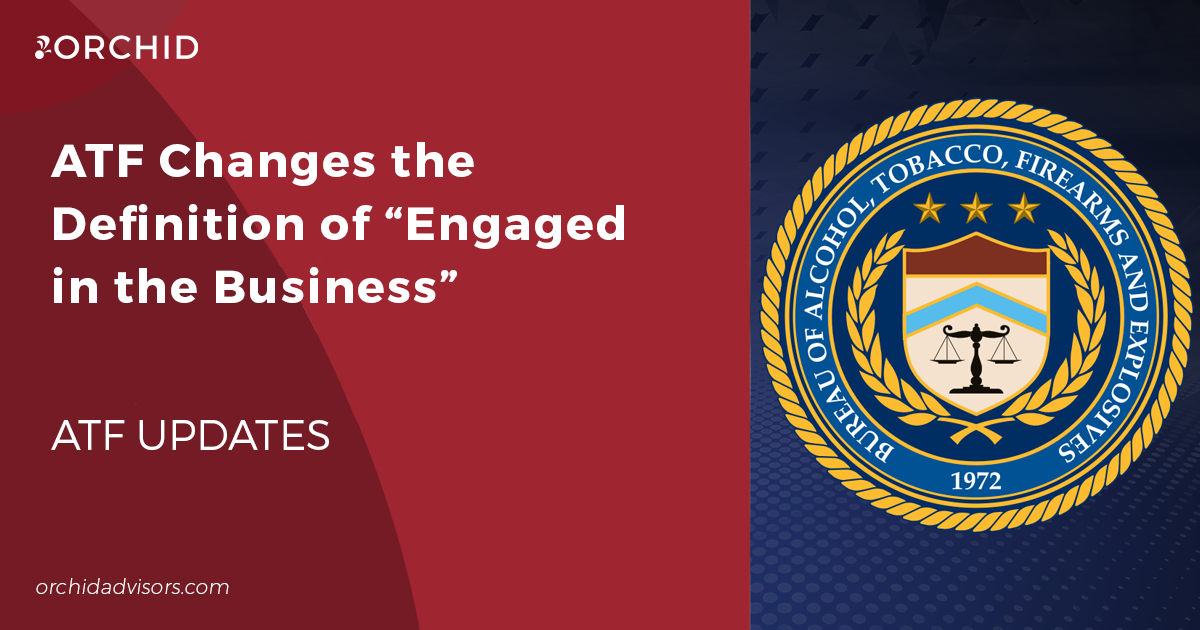If you are a federal firearms licensee (“FFL”), you would be wise to open on the same day every piece of communication from the Bureau of Alcohol, Tobacco, Firearms and Explosives (“ATF”). Delay in opening even one letter, particularly if it happens to be a “Warning Letter,” could result in the revocation of your federal firearms license faster than you can spell “ammunition.”
The sequence of events that processes an ATF notice of revocation is swift. A licensee is sent a “Notice of Revocation,” after which there are only fifteen days (15-days) to request a hearing. If not, a “Final Notice of Revocation” is sent to the licensee.
Upon receipt of the Final Notice of Revocation, the FFL has sixty days (60-days) to file a petition in a United States District Court to request review of the situation. If the FFL makes a request, the ATF may agree for the FFL to continue operations during the judicial review process. If that is denied, the FFL can request the same relief of continued operations through the court.
If the FFL loses at the federal District Court level, he can appeal as of right to the Court of Appeals. If the FFL loses at the intermediate appellate level, he can file an application to request permission to appeal to the United States Supreme Court.
Now, let’s do that again, putting some statistics to it.
In FY2011, the ATF conducted 13,159 inspections among 123,587 FFLs, or, 9.4%. By contrast, FY2011 audits of individual income tax returns by the Internal Revenue Service was 1.11%. There are further statistics, but this high inspections rate is the one to focus upon.
The ATF conducts face-to-face qualification inspections for all new firearms business applicants, and the ATF may inspect a FFL once every 12-months. The ATF can also inspect an FFL when a reasonable cause to believe a violation has occurred is alleged and a warrant is issued by a federal magistrate. There are exceptions to the warrant requirement.
Approximately 50% of FFLs are determined to be in full compliance with the law during an inspection. The remaining 50% go through an additional one or more of three steps, including a “Report of Violations,” a “Warning Letter,” and/or a “Warning Conference” with the ATF.
Of those FFLs who were deemed to be in “willful” violation and who went down the path of court cases, the ATF success rate was 95% in District Court and 100% in the Court of Appeals. (No statistics were presented relative to applications for permission to appeal to the United States Supreme Court.)
The bottom line is this: an FFL should actively work to avoid receipt of a Notice of Revocation. The odds of being inspected by the ATF can be once per year or more. The odds of prevailing through the administrative and judicial stages following a Notice of Revocation are simply too slim to risk. If ever there was an industry to prove that the best defense is a good offense, it is to say that the best way to protect your federal firearms license is through active compliance with the goal of trying to avoid a failed inspection and a Notice of Revocation.
The ATF Changes Definition of “Engaged in the Business”
The final version of ATF Rule 2022R-17 has been submitted to the Federal Register and will go into effect 30 days after the date...






0 Comments